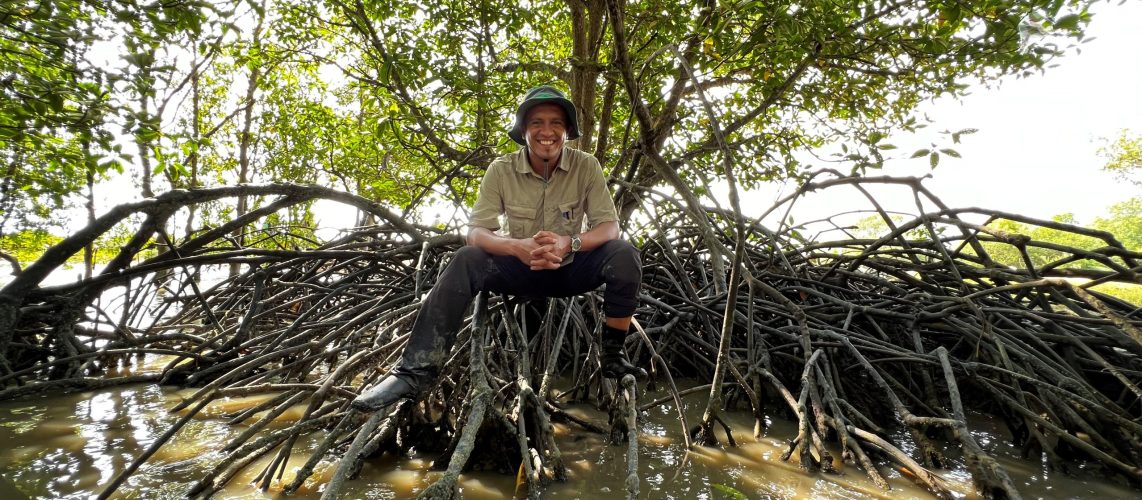This article has been published in the New Straits Times on 24th April 2020
Lately, mangroves in many parts around the world have been facing challenges in the form of extreme anthropogenic disturbances, coupled with the increasing impacts of climate change.
Mangroves and coastal resources exploitation have grown exponentially as humans become more modernised.
It is during our lifetime that we have seen a major loss of mangroves. Scientists have projected that mangroves may become extinct in just a few decades.
Globally, the declining trend of mangroves peaked in the last century. From the 1980s to the 1990s alone, 35 per cent of the world’s mangrove forests were estimated to be lost due to heavy transformation of land use for agriculture, aquaculture and industrial developments.
By the 1990s also, Malaysia, as one of the largest mangrove-holding nations in the world, had reportedly lost half of its mangroves.
Although known to be a highly resilient ecosystem, mangroves may not be able to sustain the continuous impact from human activities. The pressures and the disturbances imposed by humans on mangroves are lethal and most of the time irreversible.
The changes to our mangroves and coastal habitats are very apparent. They can be easily observed by just using software such as Google Earth or Google Maps.
From the aerial view of the coastal areas, you will realise just how much mangroves are left to protect you from the rising sea and the ferocious waves.
Ponder on how much space there is left for fish and marine life to survive. This will simultaneously lead you to realise the stress felt by coastal communities, not just to secure their livelihoods but also to maintain the supply for the demanding markets which include you, me and everyone around us.
Mangroves are vital ecosystems that maintain many physical and biological processes as well as provide numerous substantial ecological services for both human and nature.
The loss of these habitats and ecosystems will interrupt the regulation of natural cycles like water, carbon and nutrients that could risk the survival of the adjacent habitats and organisms on both the marine and the terrestrial sides.
The situation is fairly critical as the loss of mangroves and coastal habitats will affect our economy and social wellbeing.
The world recently celebrated International Day of Forests (March 21) and World Water Day (March 22) in a very low key manner due to the spread of the coronavirus. But let’s look at it from another perspective.
The decision by governments to impose lockdowns and movement control actually puts less pressure and disturbance on the environment.
But once these measures are lifted, will the air and water be as clean? Or will the impact be worse than before?Surely there are a lot of things that can be learned from this pandemic, and one of them is realising that we can take stern actions to resolve issues that compromise our health and survival.
Let us take this time to also reflect on the impact on mangroves and the environment.
Dr A. Aldrie Amir
Coordinator
The Malaysian Mangrove Research Alliance and Network (MyMangrove)
